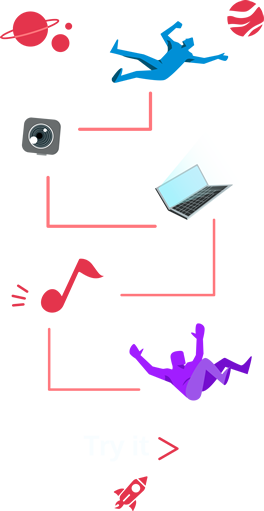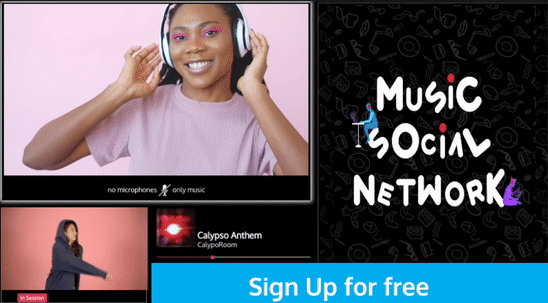What is a vamp in music? Best definition and examples (with videos)
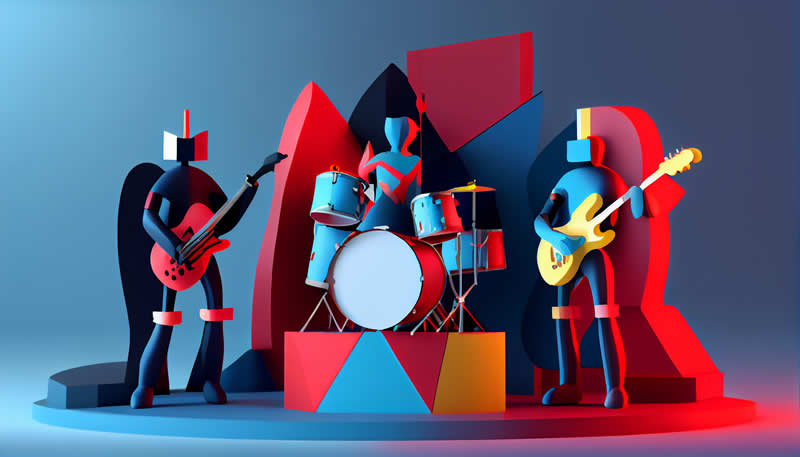
This post contains affiliate links. If you use these links to buy something we may earn a commission. Thanks.
Table of content
What is a vamp in music? Best definition and examples (with videos) - Introduction
Before, during, or after a solo, you can use a vamp when you repeat the same chord or chord progression with progressive aspects. Any recurrent figure or pattern is referred to as a "vamp".
As the song progresses, you may add more notes, harmonies, and interesting rhythms to make the vamp more captivating.
The listener will be totally unprepared and unable to anticipate when things will shift as a consequence of a vamping. Nevertheless, a vamp may occur at any moment in a song—whether it's at the start or the finish.
What is a vamp in music?
You'll see that the definitions of "vamping" in the dictionary are "fixing" and "improving." From this comes the expression "vamping till ready."
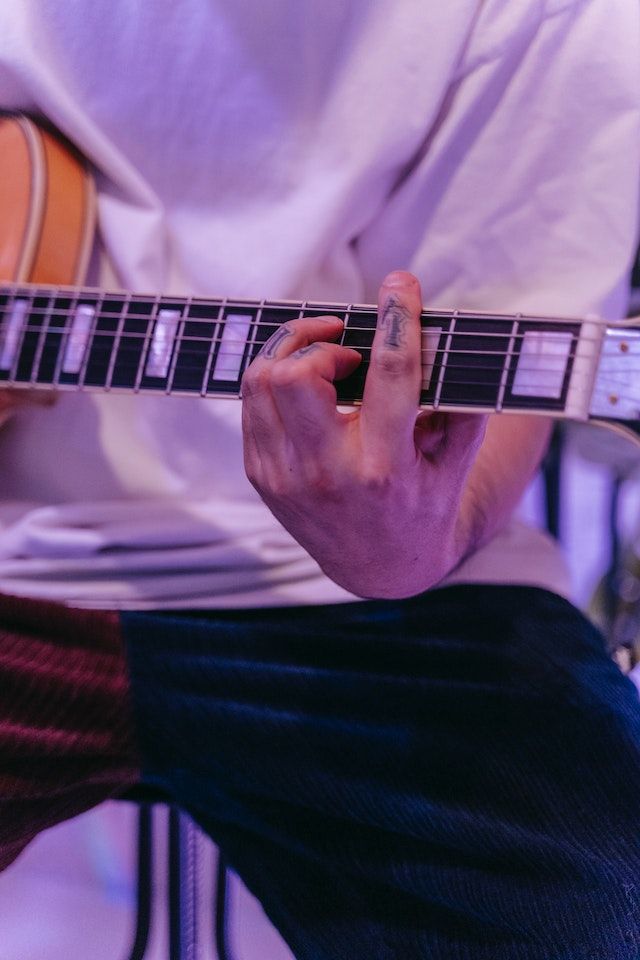
In essence, when vamping , you're playing the same notes over and over again. While the new instruments are being added one at a time, they keep playing the same tune in the group setting.
While the music vamps, the listener tries to anticipate when it will change, and the musicians may take this time to refine their particular sections.
Where a vamp is used in music
Nearly every song in today's popular music contains at least one vamping harmony in connection to a number of musical genres, including blues, jazz, soul, and pop, and it is frequently seen in cabarets and musical theater.
A thorough comprehension of the music as a whole is necessary to comprehend what a vamp is in music and how it changed over time. Over time, the practice of vamping has developed.
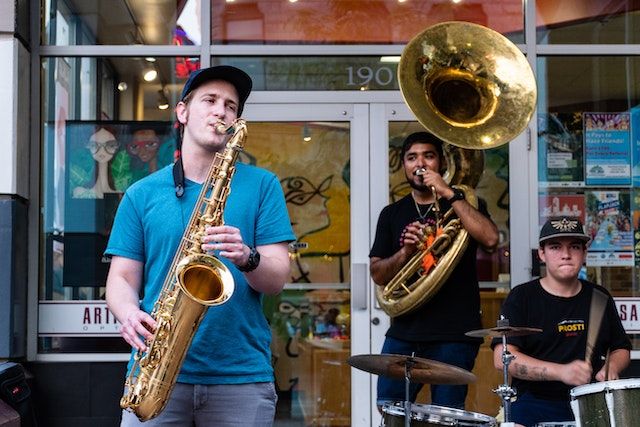
Why a vamp is used in music
Without making it obvious to the audience, the fundamental motivation is to give musicians—especially soloists—more time and space and a further way to connect with people. Perhaps this is the origin of vamping in music.
Over time, another justification for utilizing vampires has emerged. For instance, there are days when you can't stop hearing, playing, or singing a certain section of a song.
You may find yourself returning to the same specific piece of a track because of the rhythm, theme, harmonic structure, or even the words.
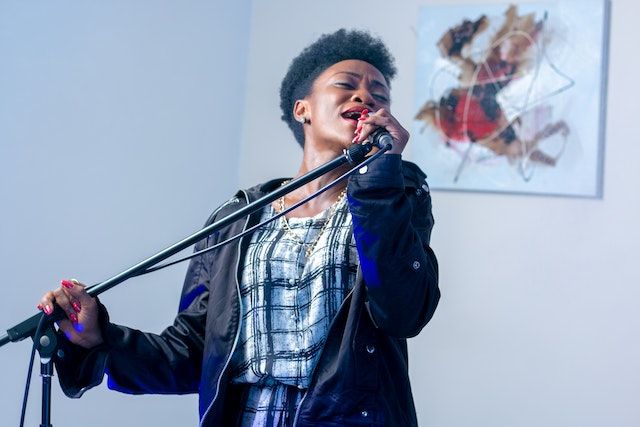
If you're composing music, you attempt to employ vamps to take that portion and play the chord progressions for a long time. This approach is rational and has been employed by many great artists.
Example of a vamp in music
The terms backbeat, hook, refrain and bridge are distinct ideas that should not be confused with vamps.
Not clear what is a vamp in music? Here are some great examples that will help you to understand and see how so many artists made of vamping their personal brand.
The very well-known Dave Brubeck piece "Take Five" is often cited as a prime example of vamping since the melody alternates between two minor chords.
Many individuals get a lot of inspiration from James Brown. It's highly advised to listen to "Doing It to Death" to get a sense of how vamping got to be so well-liked.
James Brown is a major source of inspiration for many people. Listening to "Doing It to Death" is strongly recommended if you want to understand how vamping came to be so popular.
Essential reads for mastering vamps in music
In the context of understanding vamps in music, 'The Jazz Theory Book' by Mark Levine offers an in-depth exploration of jazz harmony and theory that can enlighten readers about the improvisational aspects behind vamping.
This book is a treasure trove for those looking to dive deeper into jazz music's complex structures, providing examples and explanations that make the concept of vamps more accessible.
It's an essential read for anyone aiming to grasp the nuances of jazz music and incorporate these techniques into their compositions or performances.
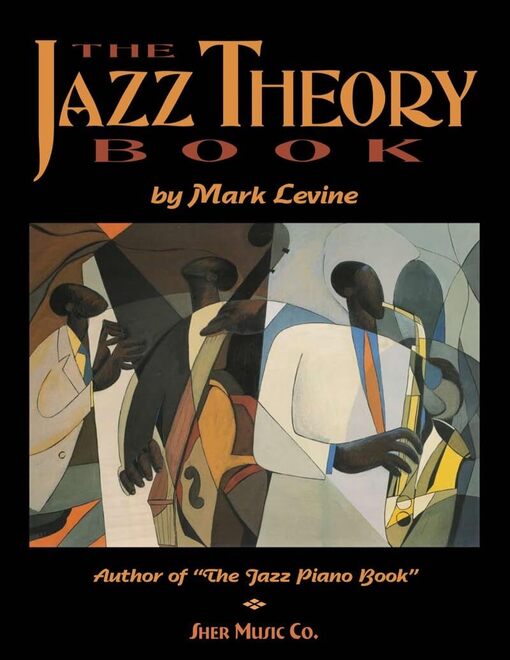
As we delve into the intricacies of vamps in music, 'Music Theory for Dummies' by Michael Pilhofer and Holly Day emerges as a valuable resource for readers seeking a more comprehensive understanding of music theory fundamentals.
This guide simplifies complex concepts, including vamps, making it easier for beginners to grasp how repetitive chord progressions can enrich a musical piece.
It's a perfect starting point for those new to music theory, offering clear explanations and practical examples.
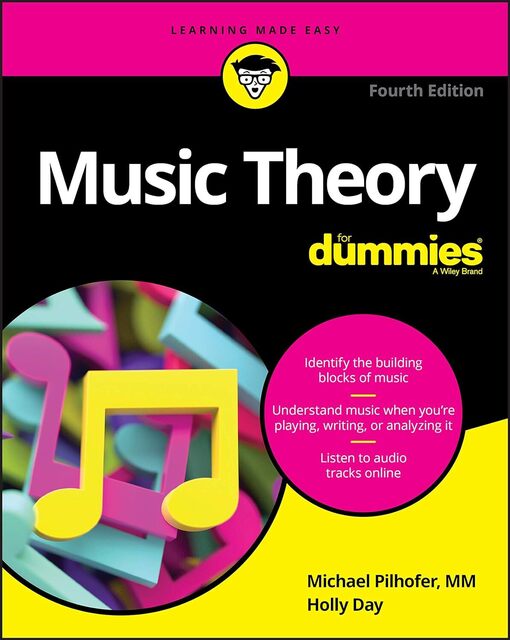
Exploring the concept of vamps in music, 'How Music Works' by David Byrne presents a fascinating perspective on the broader context of music creation and performance.
Byrne's insights into the mechanics and cultural implications of music, including the use of vamps, offer readers a unique lens through which to understand music's transformative power.
This book is highly recommended for anyone interested in the intersection of music theory, history, and the creative process, providing a captivating exploration of how music connects and moves us.
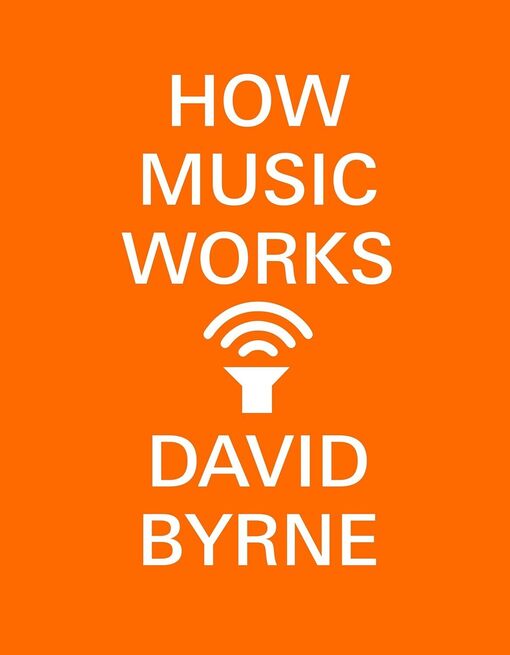
Within the exploration of vamps in music, 'The Complete Idiot's Guide to Music Theory' by Michael Miller stands out as an essential guide for those who wish to understand the foundational elements that make up these captivating musical patterns.
This book breaks down complex music theory concepts into digestible pieces, making it incredibly useful for readers who are new to the subject.
It’s an excellent resource for anyone looking to deepen their understanding of music theory, including the repetitive yet dynamic nature of vamps.
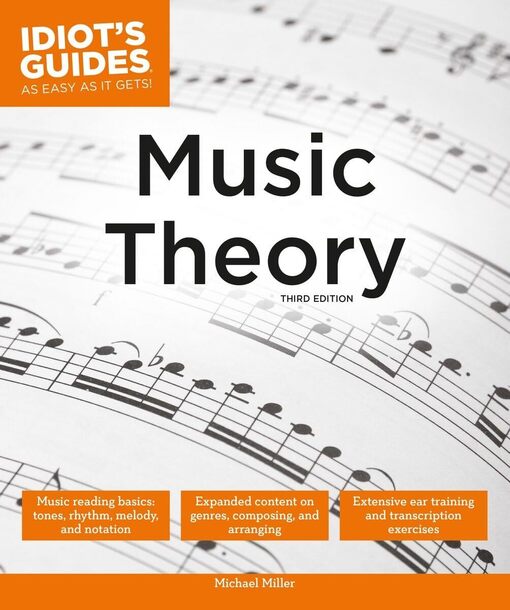
“Music Theory: Step by Step Guide to Understanding Music Theory” by Nicolas Carter offers readers an incremental approach to mastering music theory, providing clear insights into the structure and function of vamps in music.
This book is tailored for individuals seeking a straightforward path to enhance their musical knowledge and skills.
It serves as a practical tool for dissecting the components of music, including vamps, and is ideal for musicians and enthusiasts eager to explore the theoretical underpinnings of their favorite pieces.
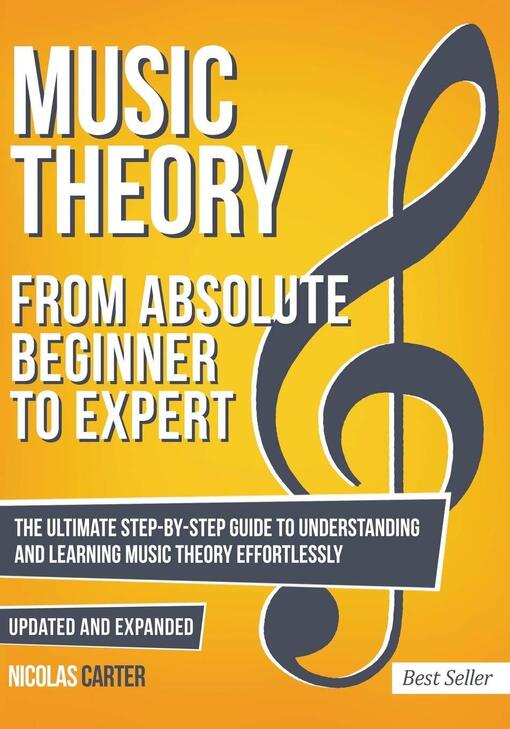
What is a vamp in music - Conclusion
Vamping is one of the techniques that songwriters use the most frequently. You might not be aware of it, yet it draws a lot of listeners. A song may become more interesting and distinctive via vamping.
We would much appreciate it if you shared this article with your networks because you obviously like it.
Please be aware of the blog area of our website, where you can discover a lot more information on the music business in general.
Music lover? Try out to CalypsoRoom to experience music like never before: together with whomever you want, at the same time, connected by webcam.
We at CalypsoRoom think that music has the greatest ability to unite people, thus we created an online music social network where you can chat with friends or complete strangers while listening to music via a webcam.
Want to offer your song a new perspective whether you're a music label or artist? If so, you might want to think about publishing it on CalypsoRoom to further your efforts at music promotion.
Thanks for reading,
CalypsoRoom Team
Frequently Asked Questions
The origin of the word "vamp”
The early 20th century theater scene is where the word "vamp" is thought to have first appeared. It was used to describe a brief musical interlude that was played while waiting for an actor or other performer to take the stage. The phrase started to be used in music increasingly frequently throughout time to describe any figure or phrase that repeats.
What musical instruments are typically utilized to perform vamps?
Any instrument may be used to play a vamp, however some instruments are more frequently used with this method than others. For instance, the bass guitar is a typical option in funk music while the piano and guitar are frequently utilized to play vamps in jazz.
Which musical genres make use of vamps?
Vamps are utilized in a broad range of musical genres and may be used for a number of different things. Jazz musicians frequently employ vamps to provide a transition between various parts of a piece or to build tension and release. A driving rhythm that encourages dancing is frequently produced by vamps in funk music. The usage of vamps in rock music can be utilized to accentuate urgency or prepare the listener for a powerful guitar solo.
Can you make up your own vampires?
Certainly, vamps may be improvised just like any other musical note or phrase. In reality, improvising vamps is a standard technique in jazz and other improvisational musical forms. Musicians can improvise vamps to create a singular and dynamic musical experience that is adapted to the current situation.
Can vamps be improvised?
Yes, vamps can be improvised just like any other musical figure or phrase. In fact, improvising vamps is a common practice in jazz and other improvisational genres of music. Improvising vamps allows musicians to create a unique and dynamic musical experience that is tailored to the moment.
Are vamps exclusively utilized during live performances, or are they also utilized during recorded music?
Both live performance and recorded music can make use of vamps. In truth, vamps are frequently employed in studio recordings to give the music a feeling of vitality and movement. Vamps are repetitious by nature, but if employed too frequently, they may becoming boring. Like with any musical approach, vamps must be used wisely and imaginatively.
back
Written by CalypsoRoom Editorial Team
The CalypsoRoom Editorial Team is a skilled and diverse group of writers, researchers, and industry specialists who have access to Calypso's data and information in order to give you broad knowledge about the music industry as well as helpful advice to help you manage your music and dancing career.
Updated March 2023
Company number: 681223
James's Walk 31, Dublin, Ireland
contact@calypsoroom.com
+353 (89) 435 8928

